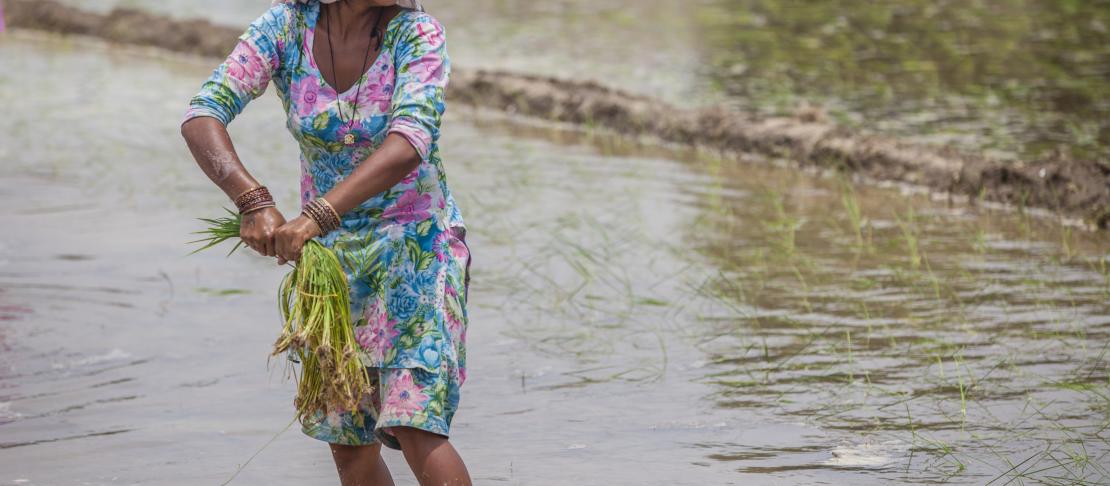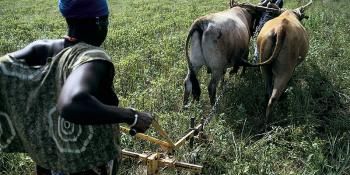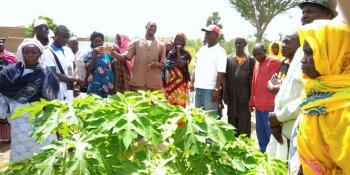Advancements in climate-smart farming in India

Climate-Smart Villages are the future of agriculture in India
by Marie Quinney (CIAT)
"Sitting under a mango tree, I spoke with 65-year-old Raman Bhai Parmar, who told me about his solar-powered irrigation pump that was whooshing with water, deep underground", writes Lisa Palmer on the Nautilus Blog.
Climate-Smart Village test sites are being rolled out across six Indian states and provide a whole system of adaptation measures, including solar panels and improved irrigation systems. The 1,500 sites are seen as make or break for the future of India’s agriculture that is extremely vulnerably in the face of climate change.
Indian farmers, and farmers worldwide, need a significant breakthrough. Small improvements, such as high yielding varieties, are no longer sufficient to feed growing populations. The necessary changes need to be widespread and holistic, addressing the variety of environmental conditions.
The CGIAR Research Program on Climate Change, Agriculture and Food Security (CCAFS) is largely responsible for this shift, and its projects such as the solar-pilot project, seek to provide poor farmers with the inputs and income they need to increase productivity, while relieving pressures on the environment.
Such projects are indispensable in a country whose population is projected to increase by 346 million people by 2050. In addition, in regions such as Haryana, it is estimated that yields of wheat will decrease by up to 23 percent in the next thirty years. The need is pressing and CCAFS sites are providing farmers with a much needed alternative to a better future.
Leading the research into climate-smart practices in India is Pramod Aggarwal from the International Water Management Institute. He is optimistic about the project and emphasizes that these new methods are not just environmentally focused, but make economic sense too. Aggarwal’s work is far reaching and has led to 18 developing countries adopting the concept of Climate-Smart Villages to their own local contexts.
To read about some of the success stories in these sites, read the full article here.
This cross-post is based on an original piece written for the Nautilus Blog by Lisa Palmer, a journalist and a fellow at the National Socio-Environmental Synthesis Center (SESYNC).
Marie Quinney, the author of this post, is a Visiting Researcher at the International Center for Tropical Agriculture CIAT.



